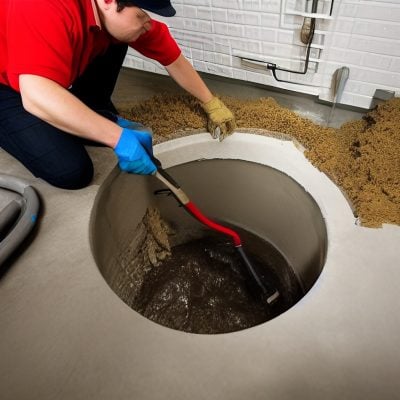What is the purpose of a sump pump?
A sump pump is a small, submersible pump that removes water accumulated in a sump pit. The sump pit is usually located in the basement of a home, and the sump pump is used to remove water seeped into the pit through cracks in the foundation or other sources. A sump pump typically consists of a pedestal base, a discharge pipe, and a float switch. The float switch activates the sump pump when the water level in the pit reaches a certain point, and the discharge pipe carries the water away from home. If you are looking for a sump pump purpose, it is to keep homes dry and free from flooding, and it can also be used to remove water from swimming pools and other areas.
What kind of pumps are used in the sump?
There are two types of sump pumps: submersible and pedestal. Submersible pumps are usually more expensive than pedestal pumps, but they are much quieter since they are entirely submerged in the water. Pedestal pumps are not as effective at pumping out large volumes of water, but they can be a good choice for small or intermittent flooding. When choosing a sump pump, it is vital to consider the amount of water that needs to be pumped and the frequency of flooding. Sump pumps can be powered by electricity or batteries, so choosing a pump that can operate during a power outage is essential.
Should a sump pump always be on?
A sump pump is a device installed in the lowest part of a basement or crawlspace. Its purpose is to remove accumulated water in the area and prevent flooding. A sump pump can either be turned on manually or set to activate automatically when water levels reach a certain point. While a sump pump effectively protects your home from flooding, some homeowners wonder if it is necessary to keep it on all the time.
Consider a few things when deciding whether to keep your sump pump on. If you live in an area with a high water table, your basement will likely experience moisture even when there has not been any rain. In this case, keeping the sump pump on removes any accumulated water. If you live in an area with frequent heavy rains, you may also want to keep the sump pump on all the time to help prevent flooding. However, if you live in an area with little rainfall and a low water table, you may only need to turn on the sump pump during periods of heavy rain. Ultimately, whether or not to keep your sump pump on all the time depends on your local weather conditions and your personal preferences.
Where does the water from the sump pump go?
When your basement is taking in water faster than it can drain, a sump pump is a handy tool to have around. But where does all that water go once the pump has done its job? For starters, it is essential to note that sump pumps are not intended to be a permanent solution to flooding. If your basement routinely floods, you will need to find a way to redirect the water away from your home before it has a chance to enter. In the meantime, a sump pump can help keep your basement dry. Most sump pumps discharge water into a nearby storm sewer or dry well. If you do not have either of these options, you can discharge the water onto your lawn or driveway, as long as it is at least 10 feet away from your foundation. Just be sure to check with your local municipality first, as there may be restrictions on where to discharge the water
Interesting Related Article: “Signs That Your Sewage Pump Needs Repair or Replacement“


